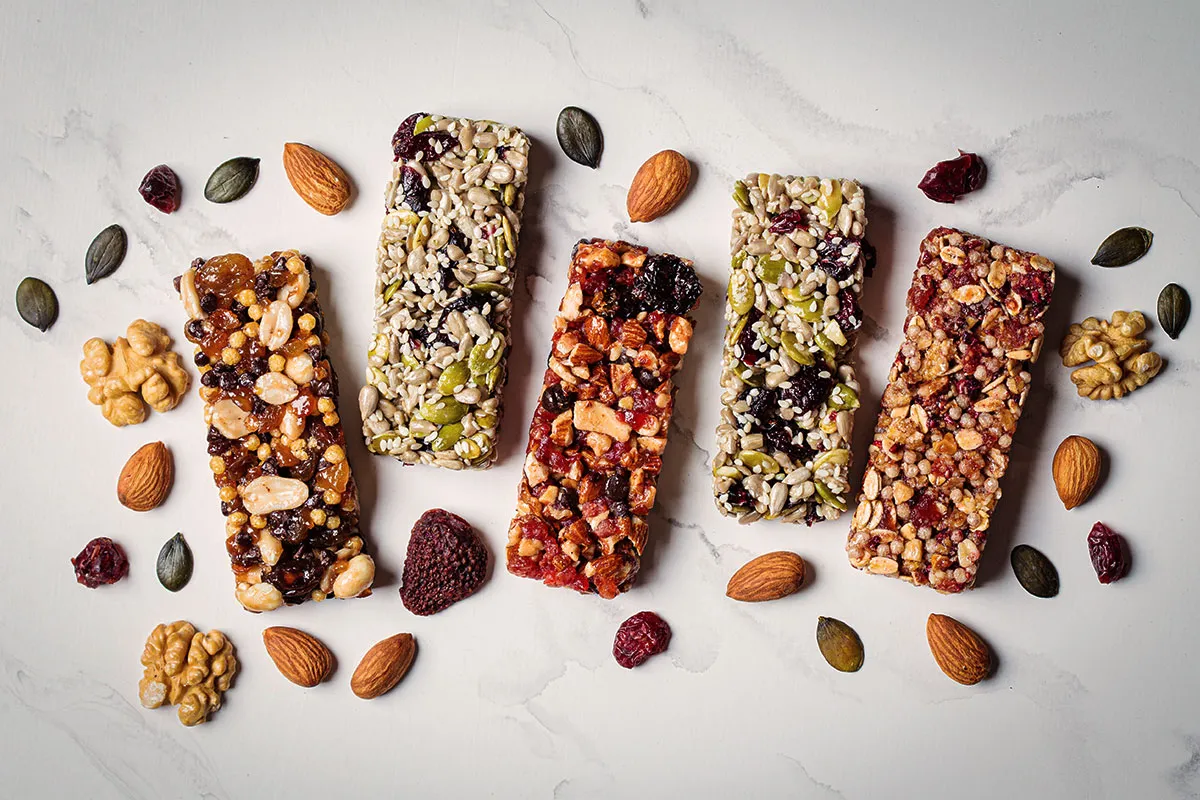radicalthought.org – In the fast-paced world of today, where time is a luxury and convenience is king, the demand for quick, efficient, and nutritious food options has skyrocketed. Among the myriad of products catering to this need, energy bars have emerged as a staple for those leading an on-the-go lifestyle. These compact, nutrient-dense snacks have become synonymous with fueling bodies and minds for the challenges of daily life, from the boardroom to the hiking trail. This article delves into the rise of energy bars, exploring their appeal, evolution, and the impact they have on modern lifestyles.
The Appeal of Energy Bars
Energy bars are designed to provide a concentrated source of energy, often derived from a mix of carbohydrates, proteins, and fats. They are enriched with vitamins and minerals, making them a convenient option for individuals seeking a quick nutritional boost. The appeal of energy bars lies in their portability, ease of consumption, and the variety of flavors and nutritional profiles available, catering to a wide range of dietary needs and preferences.
Evolution of the Energy Bar
The concept of the energy bar dates back to the late 1970s and early 1980s, with the introduction of the PowerBar by Brian Maxwell, a product initially aimed at endurance athletes. Since then, the market has exploded with a plethora of options, reflecting the diverse needs of consumers. Today, energy bars are tailored for specific activities, dietary restrictions, and health goals, including options for weight loss, muscle gain, and recovery.
The evolution of energy bars also mirrors advancements in food technology and nutrition science. Manufacturers are increasingly focused on creating bars with cleaner ingredients, less added sugars, and more whole foods. This shift aligns with growing consumer awareness and demand for healthier, more sustainable food options.
Fueling the On-the-Go Lifestyle
The rise of energy bars is inextricably linked to the on-the-go lifestyle that defines modern society. With busy schedules and the constant juggling of work, family, and personal time, the need for convenient, nutritious food options has never been greater. Energy bars offer a practical solution, providing a quick source of energy and nutrients that can be consumed anywhere, from the office to the gym to the great outdoors.
Moreover, the versatility of energy bars makes them an ideal choice for a variety of scenarios. They are a staple for athletes and fitness enthusiasts, providing pre- and post-workout nutrition. For travelers, they offer a convenient way to maintain energy levels during long journeys. And for those simply looking for a healthy snack option, energy bars provide a satisfying alternative to less nutritious choices.
The Impact on Modern Lifestyles
The widespread adoption of energy bars reflects broader shifts in how we think about food and nutrition. As consumers become more health-conscious, the demand for functional foods that offer specific health benefits continues to grow. Energy bars, with their promise of quick, convenient nutrition, are at the forefront of this trend.
However, the rise of energy bars also raises questions about the long-term impact of such convenience foods on dietary habits and overall health. While they offer a practical solution for busy lifestyles, there is a risk that reliance on energy bars could lead to an overemphasis on processed foods at the expense of whole, natural foods.
Conclusion
The rise of energy bars is a testament to their role in fueling the on-the-go lifestyle of today. By offering a convenient, nutritious snack option, energy bars have become an indispensable part of modern life, catering to the diverse needs of consumers. As we continue to navigate the challenges of a fast-paced world, the evolution of energy bars will undoubtedly continue, reflecting the changing demands and values of society. Whether as a source of quick energy, a meal replacement, or a healthy snack, energy bars are here to stay, shaping the way we eat and live in the 21st century.
